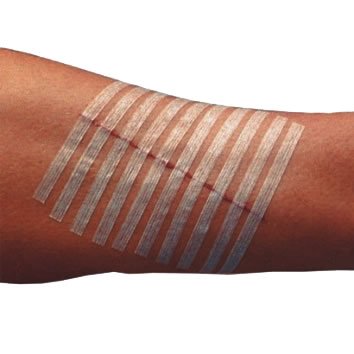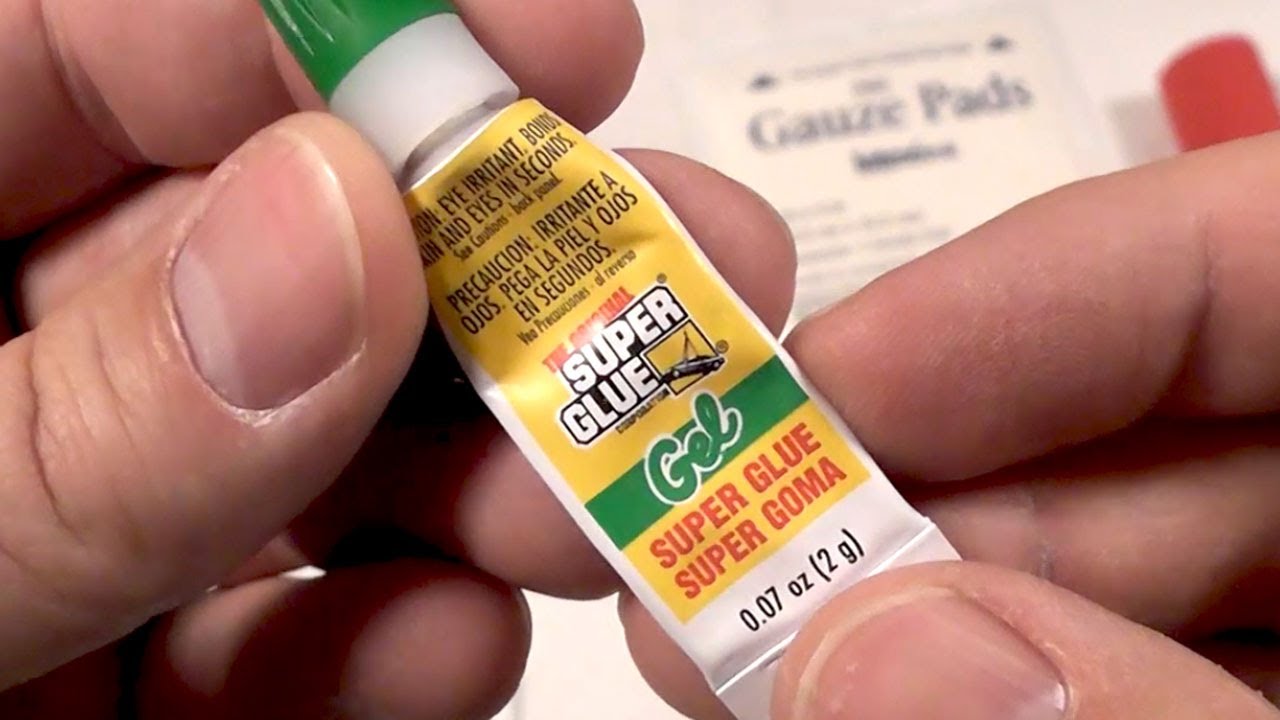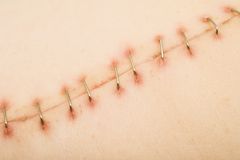Not all cuts and wounds require stitches. However, it is important to recognize those that need stitches; otherwise there will be a bigger risk of infection and delayed healing. Wounds can be stitched, glued (liquid stitches) or stapled together to get a closure. Any of these procedures should be carried out within 6-8 hours for certain wounds, while some wounds can receive closure after 24 hours following treatment.
When Does a Cut Need Stitches?

1. Consider the Depth of the Wound
If your wound is deeper than 1/4 inch, then it needs to be stitched up. If the cut is so deep that the yellowish fatty tissue underneath is exposed, then it definitely requires a doctor’s attention.
2. Evaluate the Width of the Wound
Does the wound close on its own or does the skin have to be pulled towards each other for wound closure? If you have to pull the skin together, then stitches are needed to accelerate the healing process.
3. Look at the Location of the Wound
If the wound is located in an area where the skin will be under constant tension or be affected by frequent movement, such as a wound on keen joint, then stitches are required to maintain the integrity of the wound.
The Procedure and the Removal of Stitches
1. The Procedure
When does a cut need stitches? Now you know the answer, and if you have such a wound, you might want to know more about this procedure.
- The first part of the procedure involves cleaning the wound and removing any foreign objects/particles that may be lodged inside. The wound will be cleansed with clean water or with a mild detergent added to it. This may be done with or without local anesthesia, depending upon the severity of the pain and infection.
- Depending upon the cause of the injury, the patient may be required to go through an X-ray to determine if any foreign body is lodged deeper inside the wound.
- The doctor may also decide to trim away some of the dead and diseased tissue before beginning with the stitching process.
- Stitching is done under local anesthesia by using a variety of different materials. The choice will be based on the nature of the wound as well as the surgeon’s preference. Some surgeons may also choose to place self-dissolving sutures that will dissolve on their own after some time.
2. Removal of Stitches
The process of removal of stitches is quite simple and does not require much time.
- The doctor will use a specialized scissor to cut the ends of the stitches and then pull them out one by one.
- Most patients are able to undergo this procedure without the need for any kind of anesthesia; however, some may need an administration of local anesthesia prior to this procedure.
- As mentioned earlier, there are some self-dissolving stitches that do not need to be removed and usually disappear over a couple of weeks.
How to Take Care of Your Stitches
When does a cut need stitches and how to take care of the stitches? Here are some useful tips:
- Avoid any contact with water for the first two days after getting stitches.
- Gently clean the area around the site where stitches were placed a couple of times a day. Use only water and mild soap to do so. Take care to clean close to the stitches but not touch them directly.
- Do not rub the area around the stitches vigorously and only tap dry.
- Some stitches may be covered with an antibiotic containing bandage. Follow instructions about changing this bandage as given by the doctor.
- Most bandages will be removed after three to four days. Again, follow the instructions given by your doctor.
Note: Watch out for signs of infection or anything unordinary. You may need to see the doctor prior to your scheduled appointment in this case. These signs include:
- Redness
- Appearance of a swelling around the stitched up area
- Continuous bleeding
- Pus discharge
- An increase in temperature in the area.
- Foul odor
- Pain
- Fever
Other Choices to Close Your Wounds
When does a cut need stitches? After knowing the answer, you may wonder weather there are other choices to close your wounds or not. Actually, stitches are not the only way to close a wound. Here are some other options as well.
1. Steri-Strips

These strips are also called butterfly strips. A couple of adhesive strips are placed across the wound and then a sticky liquid is used to keep them on the skin. They are quick and painless, and will not form any scar. However, they are not strong and may come off before healing.
2. Skin Super Glue

This is a special skin adhesive that can be placed over the wound after bringing it into close approximation. The idea of use is the same as steri-strips; however, the glue is preferred for more serious conditions. It is quick, painless and cosmetically pleasing.
3. Staples

These are used when in an urgent case as they are very fast to use. Staples are used very often in the scalp where stitches can be difficult and painful to place.